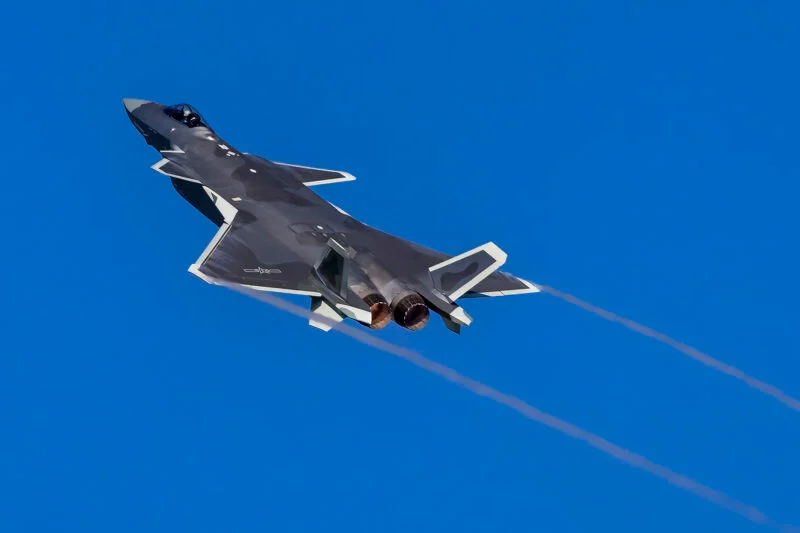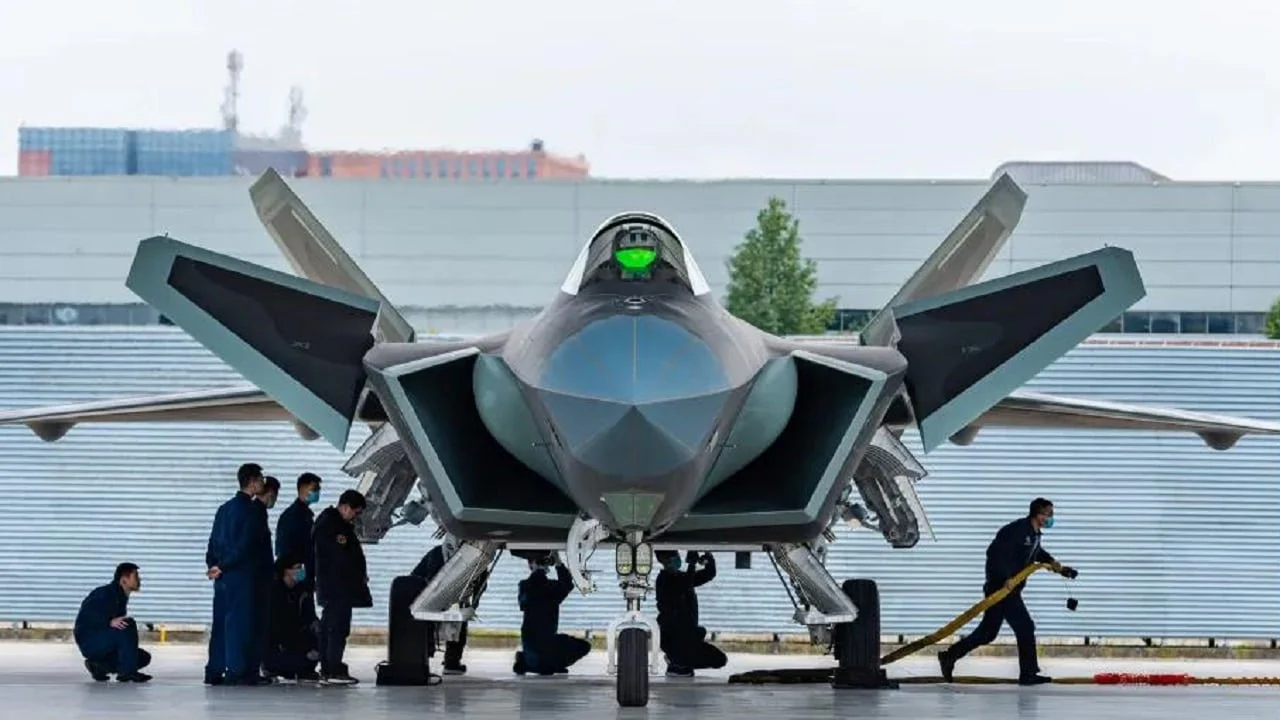
China Deploys Best Stealth Jet India’s Rafale Near Sikkim 2024
In May 2024, satellite images revealed that China had deployed at least six of its most advanced J-20 stealth fighter jets to Shigatse, a high-altitude airbase in Tibet, located less than 150 kilometers from the border with India in Sikkim.
China Deploys Stealth Jets Near Sikkim
In a move seen as a potential response to India’s acquisition of Rafale fighter jets, China has deployed at least six of its most advanced J-20 Stealth Jet to Shigatse, a high-altitude airbase in Tibet, located less than 150 kilometers from the border with India in Sikkim. This deployment raises concerns about potential escalation of tensions in the region and highlights the need for continued vigilance and dialogue between the two countries.
Shigatse airfield also lies less than 300 kilometers from the Indian Air Force’s base in Hasimara in Bengal which hosts the IAF’s second squadron of 16 Rafale fighter aircraft. These Rafales are tasked with defending the Himalayan frontier over Eastern India.
- J-20 Stealth Fighter
- Deployment Location
- Countering India’s Rafale
- Heightened Tensions
Here are some Key Points on Stealth Jets in Detail:
J-20 Stealth Fighter: China’s Mighty Dragon
The J-20, also known as the “Mighty Dragon,” is China’s most advanced operational Stealth Jet and a significant player in the recent deployment near India’s Sikkim border. Here’s a detailed look at its features:
Key Features:
- Fifth-Generation Stealth: The J-20 boasts a unique design that minimizes its radar signature, making it difficult to detect by enemy radar systems. This stealth capability provides a significant advantage in aerial combat.
- Advanced Avionics: The J-20 is equipped with sophisticated avionics, including a powerful radar system, advanced sensors, and a modern integrated cockpit. This allows for superior situational awareness, navigation, and targeting capabilities.
- Super Maneuverability: The J-20 is highly maneuverable due to its powerful engines and advanced flight control systems. This agility allows for tight turns and rapid changes in direction, making it difficult for enemies to track and engage.
- Long-Range Strike: The J-20 can carry a variety of air-to-air and air-to-ground weapons, including advanced missiles and bombs. This allows it to engage targets at long distances and conduct precision strikes.
- Engine Technology: The J-20 is powered by the domestically developed WS-15 turbofan engines, which provide significant thrust and improved fuel efficiency compared to earlier models.
- The J-20 is still under development, with newer variants like the J-20B featuring thrust-vectoring nozzles for even greater maneuverability.
- The exact capabilities of the J-20 remain somewhat classified, but it is believed to be comparable to other fifth-generation fighters like the American F-22 and F-35.
- The deployment of J-20s near the Sikkim border is seen as a response to India’s acquisition of Rafale fighter jets, further escalating the regional arms race.
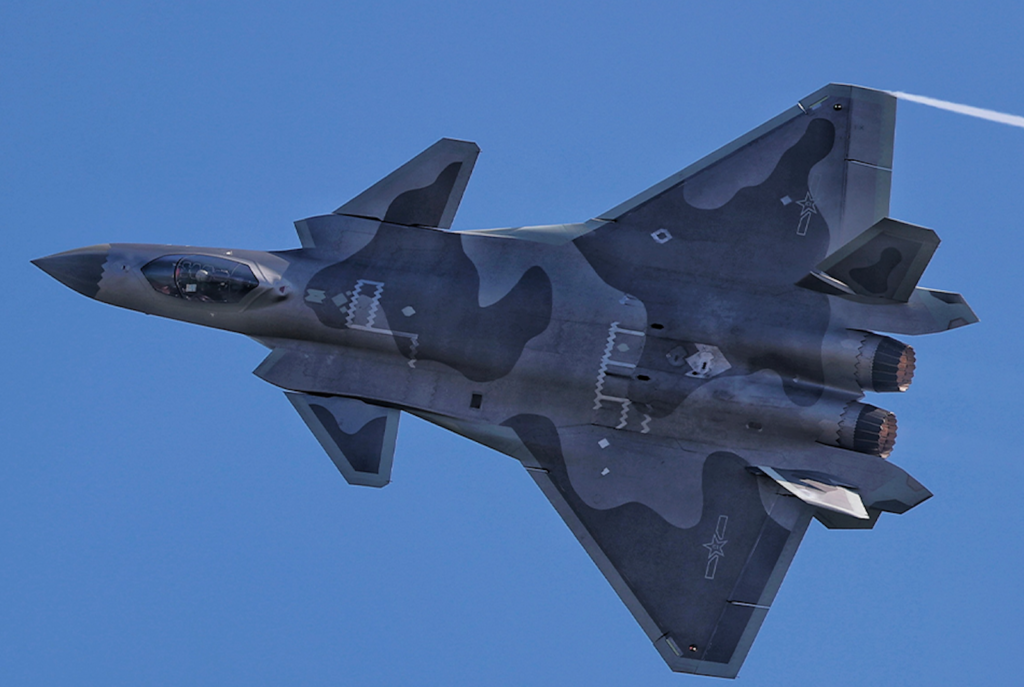
Deployment Location: Shigatse Airbase, Tibet
The presence of at least seven J-20s at Shigatse has major military implications for India. Located at an altitude of 12,408 feet, Shigatse, the second largest city in Tibet, has a dual-use airport for civil and military use. The deployment of the J-20 shows its ability to operate from the harsh environment of ultra-high altitude Tibetan air bases.
The presence of the fighters also indicate that the Chinese Air Force may have deployed infrastructure to sustain operations of the fighters in the area before a possible full-fledged, permanent deployment. The Indian Air Force has declined a request for comment on the significance of the J-20 deployment.
Location:
- Shigatse lies in the Shigatse Prefecture of the Tibet Autonomous Region, China.
- It is situated approximately 380 kilometers west of Lhasa, the capital of Tibet.
- The airbase is located at an altitude of 12,408 feet, making it one of the highest in the world.
Strategic Significance:
- Proximity to India: Shigatse is strategically located less than 150 kilometers from the Indian border in Sikkim. This close proximity allows the J-20s to quickly respond to any potential threats or developments in the region.
- High Altitude Advantage: The high altitude of the airbase provides several tactical advantages:
- Thinner air: At high altitudes, air density is lower, resulting in improved engine performance and increased maneuverability for fighter jets.
- Difficult to detect: The thinner air can also make it more challenging for radar systems to track aircraft, potentially enhancing the stealth capabilities of the J-20s.
- Launch Platform: The high altitude allows for longer range operations and quicker responses to aerial threats.
Dual-Use Facility:
- Shigatse Airbase serves as both a military and civilian airport. This allows China to maintain a significant military presence in the region while also contributing to the economic development of the area.
Overall, the deployment of J-20s at Shigatse airbase highlights the strategic importance of this location for China. Its proximity to the Indian border and the high altitude advantages make it a critical base for projecting airpower and deterring potential threats in the region.
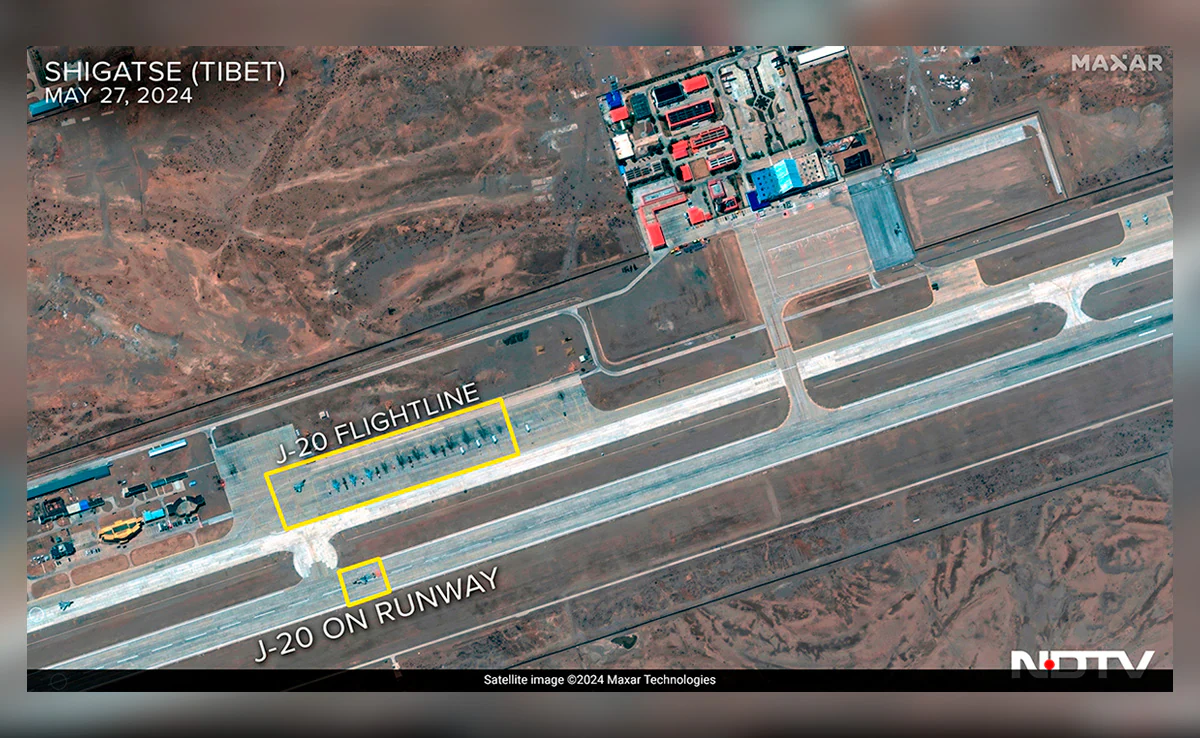
China Deploys Stealth Jets Near Sikkim: Countering India’s Rafale
- In May 2024, satellite images revealed China’s deployment of at least six J-20 stealth fighter jets to Shigatse airbase in Tibet.
- This location is strategically situated less than 150 kilometers from the border with India in Sikkim.
- This move is widely seen as a direct response to India’s recent acquisition of the French Rafale fighter jets, which significantly bolstered its air defense capabilities.
Key Features:
- J-20 Stealth Fighter:
- China’s most advanced fifth-generation fighter jet.
- Possesses advanced features like:
- Low radar signature, making it difficult to detect by enemy radar systems.
- High maneuverability, allowing for superior agility in aerial combat.
- Long-range strike capability, enabling it to engage targets from a significant distance.
- Deployment Location:
- Shigatse airbase is situated at a high altitude in Tibet, providing the J-20s with several advantages:
- Ability to operate effectively in high-altitude environments.
- Strategic proximity to the Sikkim border and the wider region.
- Enhanced survivability due to the challenging terrain and airbase’s location.
- Shigatse airbase is situated at a high altitude in Tibet, providing the J-20s with several advantages:
- Countering India’s Rafale:
- India’s acquisition of the Rafale jets in 2020 marked a significant upgrade to its air force, posing a potential challenge to China’s air superiority in the region.
- The J-20 deployment can be seen as an attempt to counter this advantage and maintain China’s aerial dominance.
Possible Implications:
- Deterrence and Escalation:
- The presence of J-20s near the border could be interpreted as a deterrent against any potential Indian action.
- However, it also carries the risk of escalating tensions and miscalculation, leading to unintended consequences.
- Regional Power Dynamics:
- The deployment highlights China’s growing military capabilities and its assertive stance in the region.
- It could potentially influence the power dynamics in South Asia and alter the strategic balance in the Himalayas.
- India’s Response:
- India is likely to closely monitor the situation and may consider countermeasures to maintain its own air defense posture.
- This could involve further strengthening its air force through acquisitions, upgrades, and strategic partnerships.
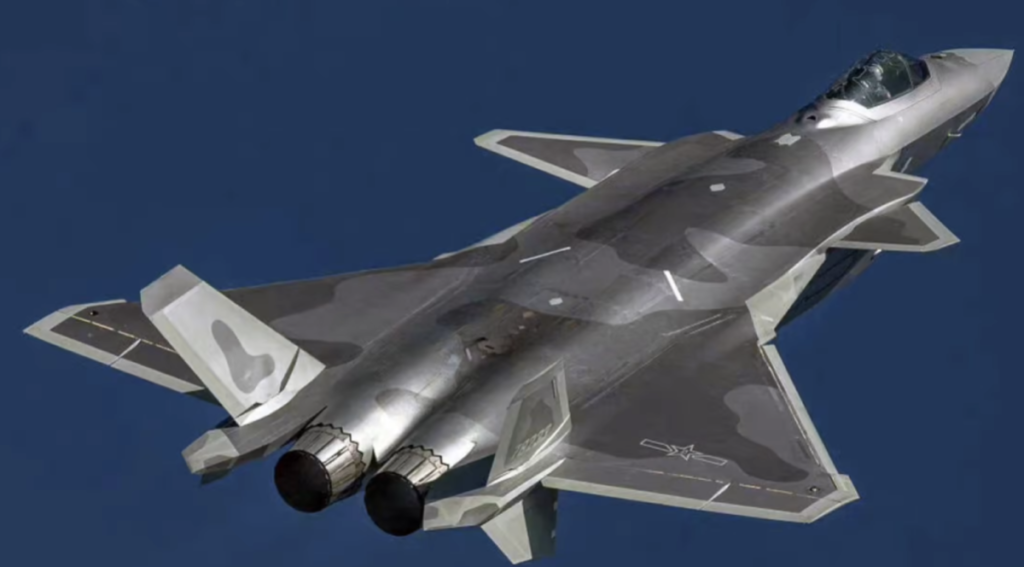
China Deploys Stealth Jets Near Sikkim: Heightened Tensions
In May 2024, satellite images revealed that China had deployed at least six of its most advanced J-20 stealth fighter jets to Shigatse, a high-altitude airbase in Tibet, located less than 150 kilometers from the border with India in Sikkim. This move has significantly increased tensions between the two countries, raising concerns about potential escalation and highlighting the complex security landscape in the region.
Key Features:
- Strategic Deployment: The J-20s are stationed at Shigatse, a strategically located airbase in Tibet, providing them with easy access to the Sikkim border and the wider region. This close proximity to India’s border raises concerns about their potential use in any future conflict.
- Advanced Capabilities: The J-20 is China’s most advanced fighter jet, boasting:
- Low radar signature: This makes it difficult for enemy radar to detect, offering a significant advantage in aerial combat.
- High maneuverability: The J-20 is highly agile and capable of performing complex maneuvers, making it a formidable opponent in a dogfight.
- Long-range strike capability: The J-20 can carry and launch a variety of air-to-air and air-to-ground missiles, extending its reach and offensive potential.
- Deterrence and Escalation: The deployment of J-20s near the border can be interpreted as a deterrent against any potential Indian action. However, it also carries the risk of escalating tensions and miscalculation. Both sides may misinterpret each other’s actions, leading to unintended consequences.
- Regional Power Dynamics: This move highlights China’s growing military capabilities and its assertive stance in the region. It could potentially influence the power dynamics in South Asia, with other countries taking note of the shifting balance.
- Need for Vigilance and Dialogue: The deployment of J-20s underscores the need for continued vigilance and dialogue between India and China. Both countries must maintain open communication channels to manage the situation and prevent any miscalculations that could lead to a wider conflict.
